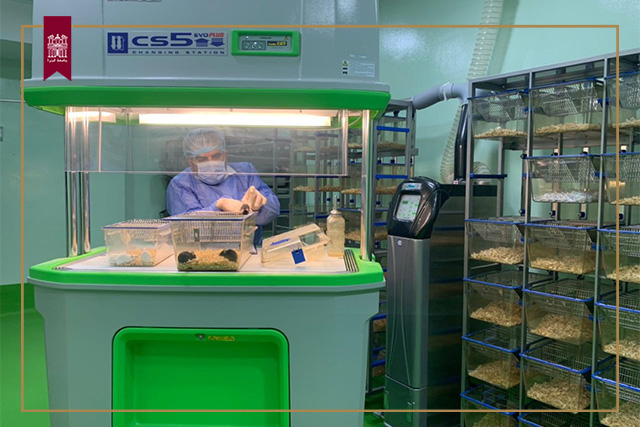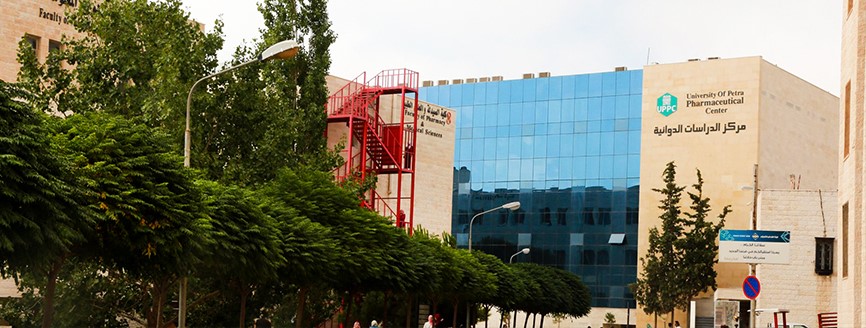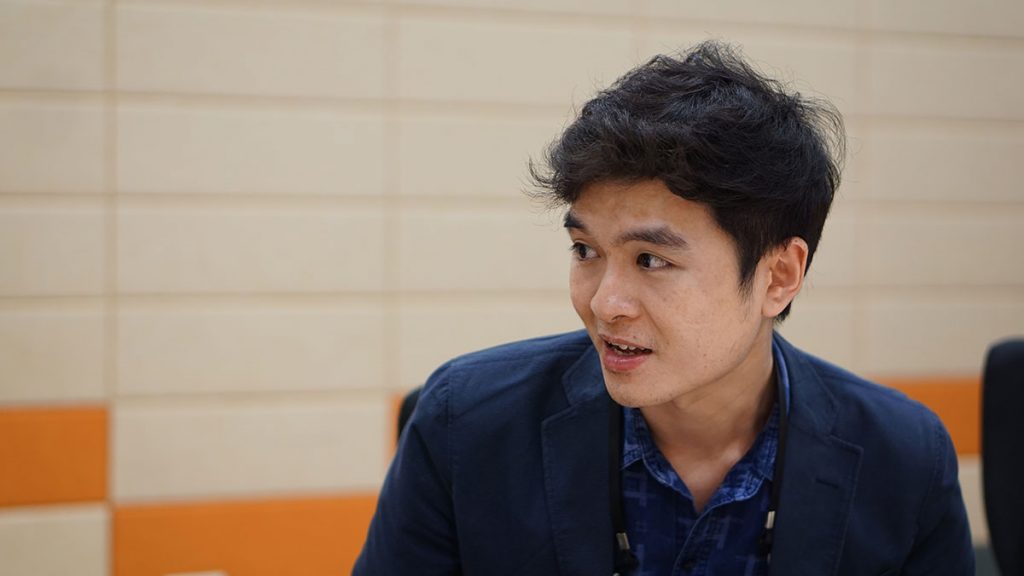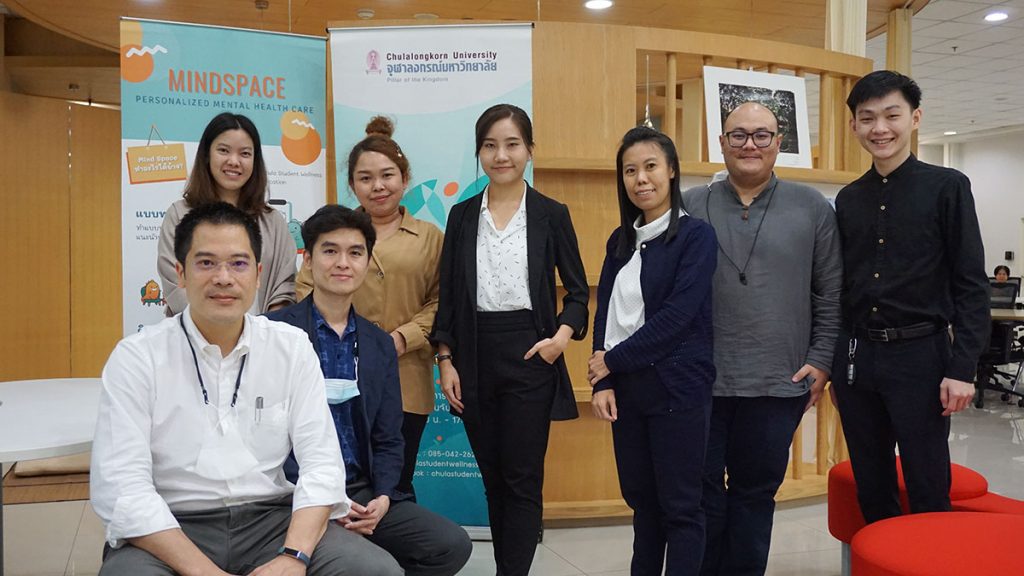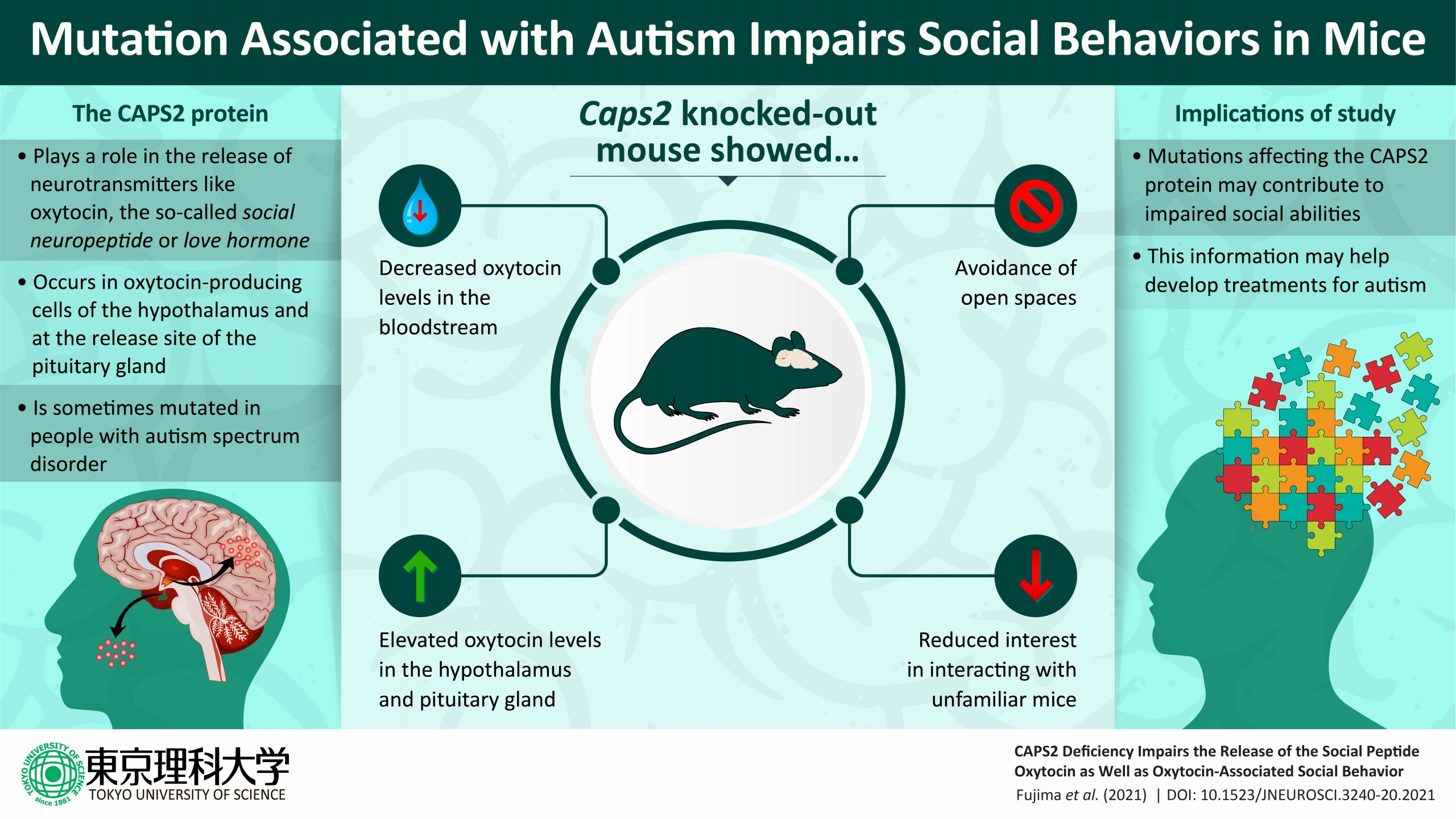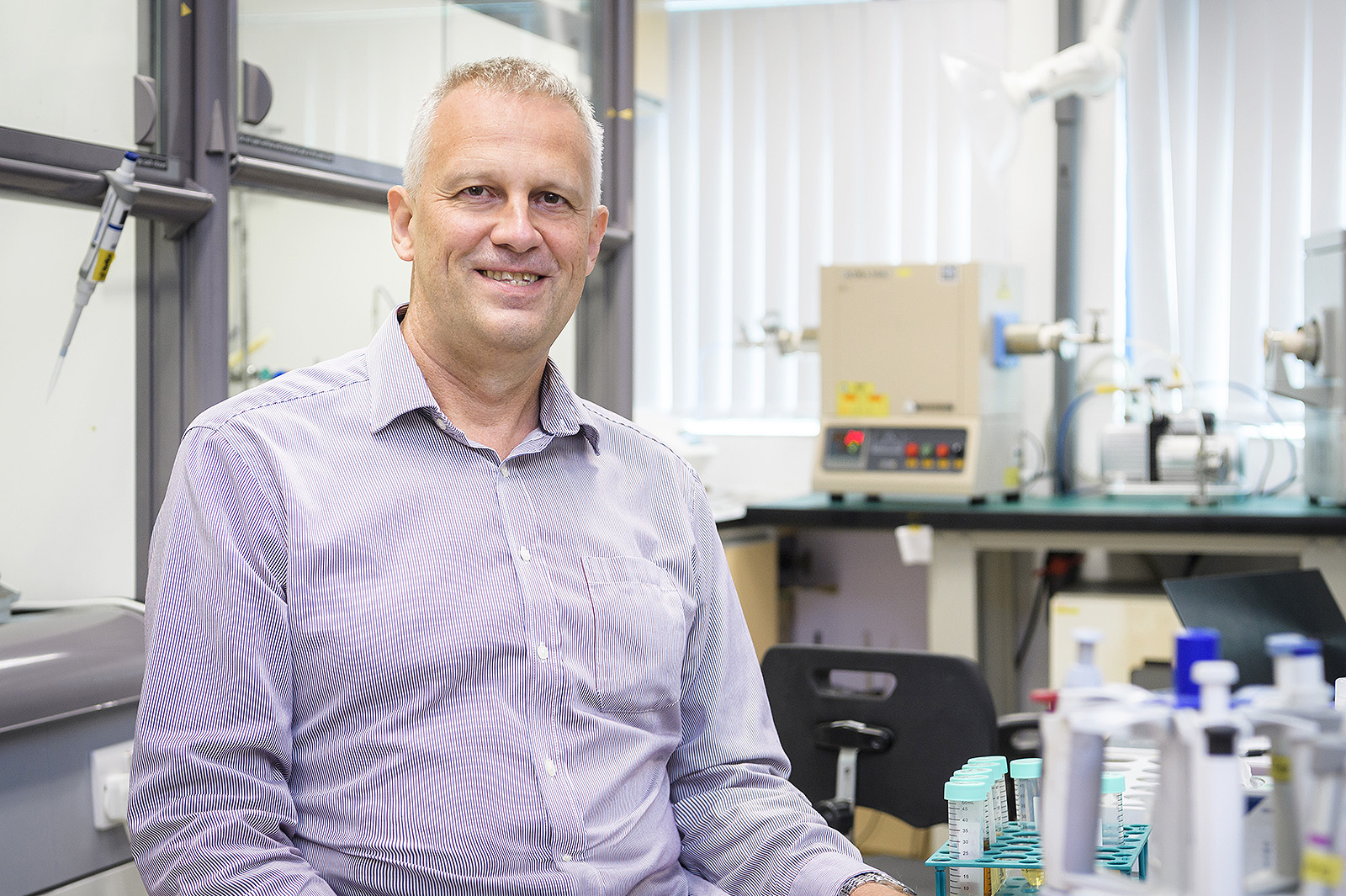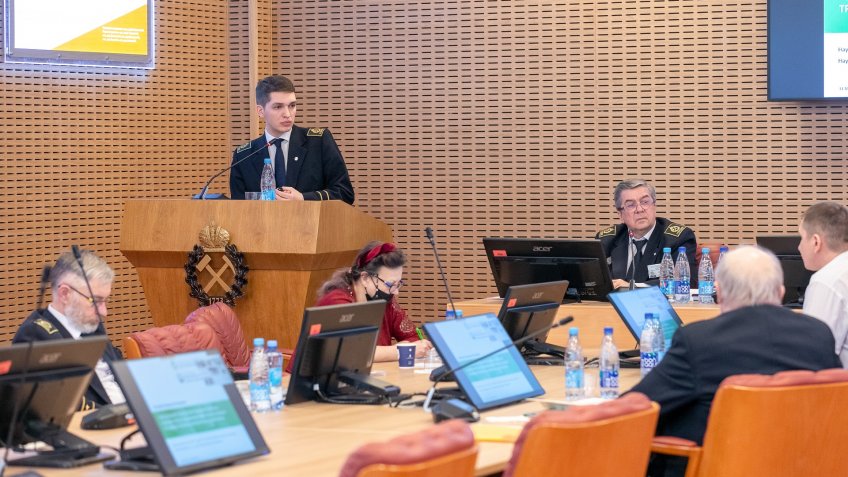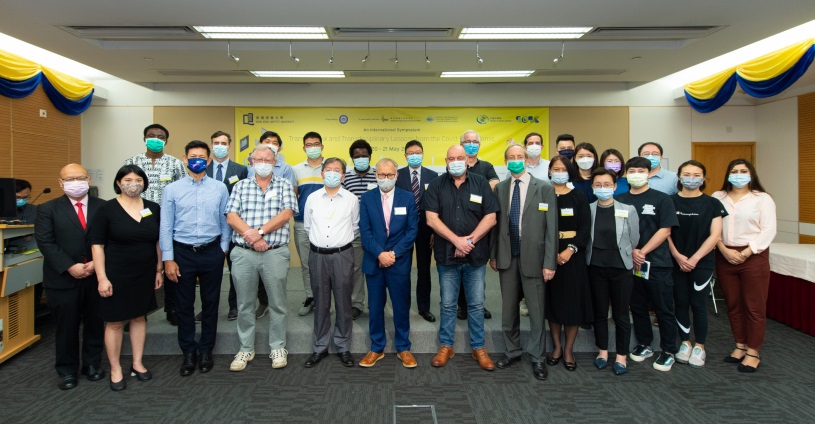The School of Global Studies of Thammasat University and 4 other agencies collaborated in the “Community Empowerment and Innovations for Sustainability” project in line with sustainable development goals (SDGs). Public agencies, state enterprises, private development organizations, and private businesses, are all well aware of the need to adhere to the principles of sustainable development. The global community has a mission to meet the 17 sustainable development goals (SDGs) declared by the United Nations in 2015 by 2030.
Thammasat University’s School of Global Studies and the Electricity Generating Authority of Thailand (EGAT) have been collaborating in Phoom Chumchon project from 2018 to 2020 in four regions of the country to develop self-reliant model communities and establish community networks for mutual assistance.
Satisfactory results were shown with regards to the allocation and sustainability of natural resources which helped resolved the problem of food security by introducing community-based crops such as rice and organic vegetables. Furthermore, there has been an effort to integrate the strengths of folk healers, traditional Thai medicine and modern medicine to assist both patients fighting diabetes and the elderly.
Due to the promising results, both Thammasat and EGAT agree that the project can be expanded outside of model areas into other communities. In addition, they would like to report the knowledge gained from this project to all other agencies and personnel involved in community development, along with students interested in this area of work. In the hope to empower and strengthen the team, the organizations have invited the Association for Developing Human Potentials and Giftedness (ADHPG) and the Institute for Small and Medium Enterprises Development (ISMED) to join the “Community Empowerment and Innovations for Sustainability ” project.
The ADHPG will then provide support with regards to the development of youths and community leaders to increase their creative potential and successfully develop or employ new innovations. They will also provide support in the development of community enterprises through integration of community products with businesses.
In addition to current measures taken, new aims such as promotion of local tourism, raising quality standards for community products, and the development of current and aspiring leaders have been added to the agenda.
All four parties will join hands to promote and support communities in order for them to have the ability to solve their own problems without solely relying on external assistance. this includes preparing them for global changes by supporting innovations and technologies that are based off local knowledge in order to meet the SDGs. From SDGs 1-8, 10, 12-15, 17, they aim to meet at least 10 out of the 14 issues for this project.
By 2023, the project aims that the model communities whose lifestyle will now follow the SDGs goals will act as an example for the nation.




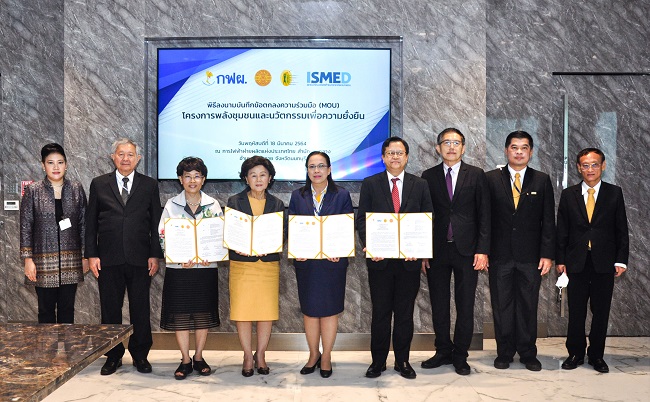
.jpg)
